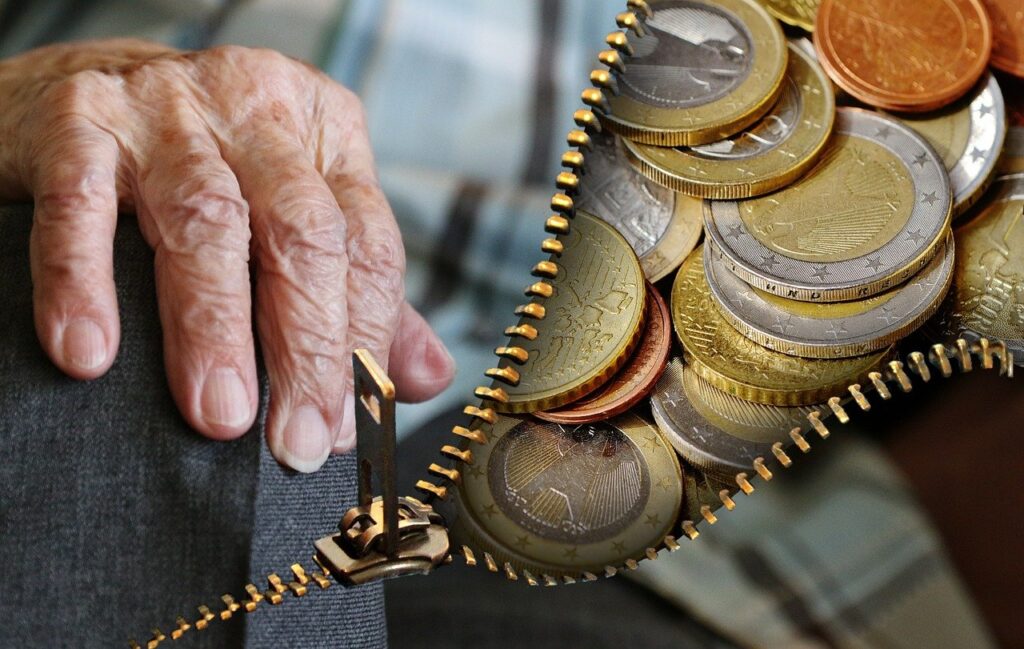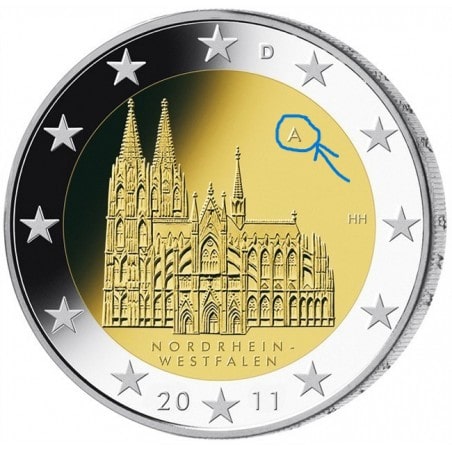Welcome to our new article dedicated to numismatics enthusiasts and collectors of €2 coins! In this article, we will explore the fascinating world of German minting facilities and discover their essential role in the issuance of these sought-after coins. This is the reason why each German €2 coin features a letter on their obverse…
German minting facilities are iconic institutions that have contributed to the creation and distribution of €2 coins throughout Germany and the entire Eurozone. Their history, manufacturing process, and special editions make them key players in numismatics.
Whether you are already a collector of €2 coins or wish to learn more about the subject, let’s dive into the universe of these facilities together and discover what makes them so unique and precious for numismatic enthusiasts.
German Minting Facilities: A Brief History
German minting facilities have a rich and diverse history that dates back several centuries. Their establishment is closely linked to the evolution of numismatics and coinage in Germany.
Over the centuries, German minting facilities have gone through different phases of organization and development. The first German minting facilities were established in the Middle Ages when German states began minting their own coins. These facilities were often located in important cities, where coinage played a crucial economic role.
In the 19th century, Germany went through a period of transition with the country’s unification. This led to the reorganization of minting facilities, with the creation of central facilities responsible for coin production throughout the German Empire. These facilities played a vital role in monetary unification and contributed to strengthening the German economy.
In the 20th century, these facilities continued to modernize and adapt to technological advancements. The introduction of more sophisticated minting machines allowed for increased productivity and quality of the coins produced. They also evolved to meet the needs of the Eurozone following the introduction of the euro in 1999.
Today, German minting facilities are globally renowned institutions, recognized for their expertise and craftsmanship in coin production. They continue to play a major role in minting €2 coins in Germany, thereby contributing to the enrichment of Europe’s numismatic heritage.
The history of German minting facilities is closely intertwined with the evolution of the economy and politics in Germany, as well as the broader history of European numismatics. Understanding this history allows us to fully appreciate the value and significance of €2 coins issued by these facilities.

The Different German Minting Facilities
Germany is home to several renowned minting facilities that play an essential role in coin production, including €2 coins. Each facility has its own distinct characteristics and contributes to the issuance of high-quality coins. Here is an overview of the main German minting facilities:
Letter A from Berlin
Located in Berlin, this facility is one of the oldest and most important in Germany. It was established in 1750 and is responsible for minting German euro coins as well as other collector coins. €2 coins minted in Berlin bear the mark “A” to identify the facility.
Letter D from Munich
Based in Munich, this facility also plays a crucial role in the production of German coins. It was founded in 1871 with the German Empire and is renowned for its precision and quality of minting. €2 coins minted in Munich bear the mark “D” to identify the facility.
Letter F from Stuttgart
This facility, located in Stuttgart, specializes in the minting of commemorative and collector coins. It was established in 1872 but merged with Karlsruhe in 1998. €2 coins minted in Stuttgart are marked with the letter “F”.
Letter G from Karlsruhe
Founded in 1827, the Karlsruhe facility is located in the city of the same name. It is responsible for the production of German coins as well as coins for Latvia. €2 coins minted in Karlsruhe bear the mark “G”.
Letter J from Hamburg
Established in 1873, this facility is located in Hamburg. It specializes in the production of coins in northern Germany. €2 coins minted in Hamburg are identified by the letter “J”.
Each of these German minting facilities contributes to the issuance of €2 coins with distinctive marks that make them identifiable. The collaboration between these facilities ensures a consistent and reliable production of coins while offering collectors a variety of special editions and commemorative coins.
Why do german €2 coins have a letter ?
Now that you have read this article, you understand why your German coin has a letter engraved on its face. It simply represents the mint mark, indicating where your coin was manufactured.

If you have found a German €2 coin in your wallet and would like to know its value, feel free to send us an estimation request.